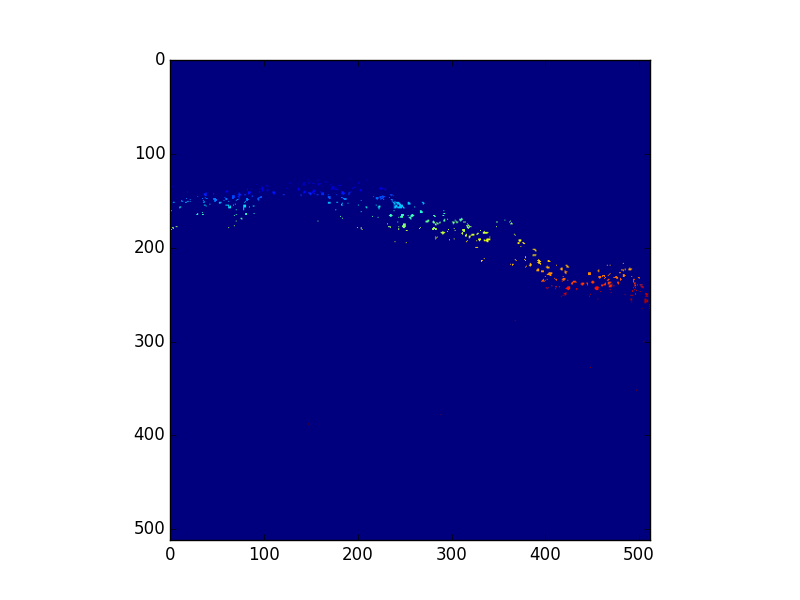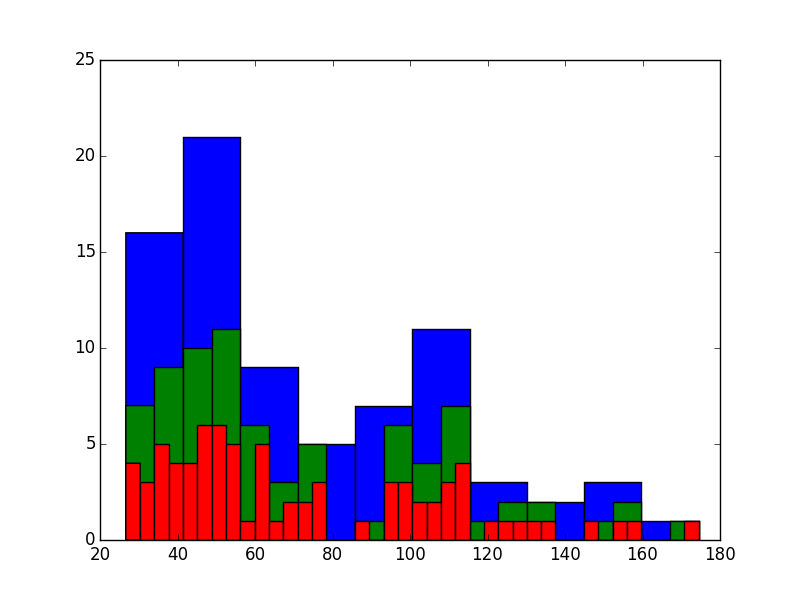Difference between revisions of "Part:BBa K1484104"
(→Usage and Biology) |
(→Usage and Biology) |
||
| (5 intermediate revisions by the same user not shown) | |||
| Line 8: | Line 8: | ||
Add this tag to the 3' of your ORF. IMPORTANT: this contains flanking restriction sites for use with RFC105 compatible assembly. | Add this tag to the 3' of your ORF. IMPORTANT: this contains flanking restriction sites for use with RFC105 compatible assembly. | ||
| − | When used in conjunction with fluorescent reporters, nuclei are | + | When used in conjunction with fluorescent reporters, nuclei are distinguishable with 2.5X magnification. |
This tag (in Marchantia) does not appear to interfere with plant growth, in contrast to histone-binding localisation tags (for example, H2B), which may do so. | This tag (in Marchantia) does not appear to interfere with plant growth, in contrast to histone-binding localisation tags (for example, H2B), which may do so. | ||
| Line 14: | Line 14: | ||
Its use is extensively recorded in the literature. | Its use is extensively recorded in the literature. | ||
| − | + | In combination with confocal microscopy, it becomes possible to identify nuclei in vivo (Marchantia) at a very exact z-position: | |
| − | |||
[[Image:CAM14_eGFP-N7.png|thumb|center|500px|Confocal Microscopy image of eGFP n7. Excitation:488, Detection range: 520-540.]] | [[Image:CAM14_eGFP-N7.png|thumb|center|500px|Confocal Microscopy image of eGFP n7. Excitation:488, Detection range: 520-540.]] | ||
| Line 24: | Line 23: | ||
In conjunction with image analysis techniques, the use of this tag can enable high-throughput quantification of gene expression [when standardized sample conditions are used]. | In conjunction with image analysis techniques, the use of this tag can enable high-throughput quantification of gene expression [when standardized sample conditions are used]. | ||
| − | As a simple example of the kind of analysis which can be performed with basic image | + | As a simple example of the kind of analysis which can be performed with basic image labelling (each colour corresponds to a different label) |
[[Image:CAM14_eGFP-N7_Labeled.png|thumb|center|200px|The above image following labelling]] | [[Image:CAM14_eGFP-N7_Labeled.png|thumb|center|200px|The above image following labelling]] | ||
| Line 30: | Line 29: | ||
[[Image:CAM14_eGFP-N7_hist.png|thumb|center|200px|Estimating the distribution of average pixel intensity with varying sensitivities.]] | [[Image:CAM14_eGFP-N7_hist.png|thumb|center|200px|Estimating the distribution of average pixel intensity with varying sensitivities.]] | ||
The identification of nuclei was done using Python's scipy.measurements.image.ndlabel method. | The identification of nuclei was done using Python's scipy.measurements.image.ndlabel method. | ||
| − | + | ||
| + | |||
<span class='h3bb'>Sequence and Features</span> | <span class='h3bb'>Sequence and Features</span> | ||
<partinfo>BBa_K1484104 SequenceAndFeatures</partinfo> | <partinfo>BBa_K1484104 SequenceAndFeatures</partinfo> | ||
Latest revision as of 18:53, 10 October 2014
N7 nuclear localisation tag
Localisation tag for plant reporters, which localises them to the nucleus. Compatible with the Plant Syntax (RFC105) as a C-Terminal fusion.
Usage and Biology
Add this tag to the 3' of your ORF. IMPORTANT: this contains flanking restriction sites for use with RFC105 compatible assembly.
When used in conjunction with fluorescent reporters, nuclei are distinguishable with 2.5X magnification.
This tag (in Marchantia) does not appear to interfere with plant growth, in contrast to histone-binding localisation tags (for example, H2B), which may do so.
Its use is extensively recorded in the literature.
In combination with confocal microscopy, it becomes possible to identify nuclei in vivo (Marchantia) at a very exact z-position:
This tag can be very useful for counting cells, finding cell seeds in order to use balloon segmentation (in conjunction with LTI) and also for visualizing multiple channels of fluorescent proteins across constructs.
In conjunction with image analysis techniques, the use of this tag can enable high-throughput quantification of gene expression [when standardized sample conditions are used].
As a simple example of the kind of analysis which can be performed with basic image labelling (each colour corresponds to a different label)
As an example application of labelling, we can estimate the distribution of expression using the average pixel intensity:
The identification of nuclei was done using Python's scipy.measurements.image.ndlabel method.
Sequence and Features
- 10COMPATIBLE WITH RFC[10]
- 12COMPATIBLE WITH RFC[12]
- 21COMPATIBLE WITH RFC[21]
- 23COMPATIBLE WITH RFC[23]
- 25COMPATIBLE WITH RFC[25]
- 1000INCOMPATIBLE WITH RFC[1000]Illegal BsaI site found at 1
Illegal BsaI.rc site found at 257
Illegal SapI.rc site found at 24



